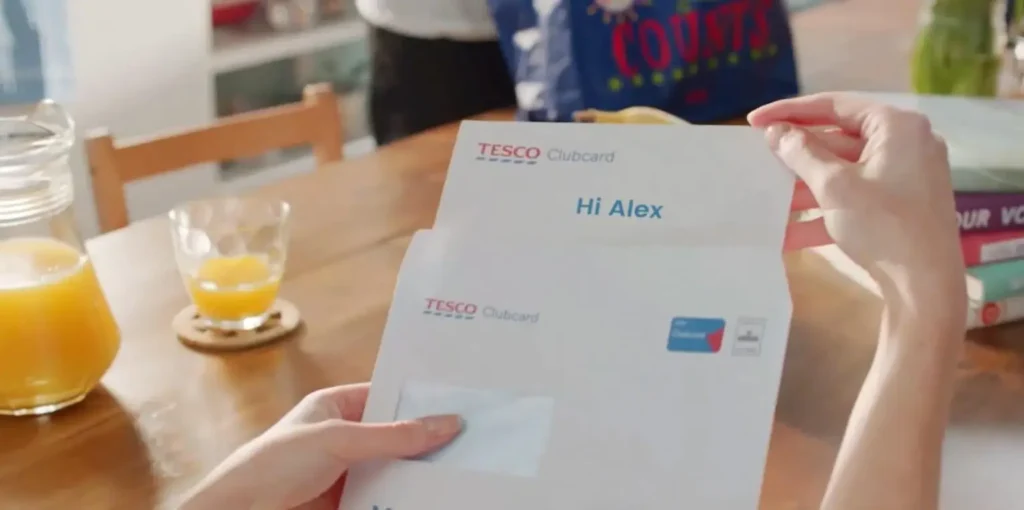In today’s business climate, customer loyalty is increasingly elusive. According to research from Inmar Intelligence, almost 65% of consumers have switched brands either “often” or “very often” within the past three months.
With that being said, it’s more important than ever to make the most of your current customers — and increasing your customer lifetime value is a great way to start.
Boost your customer loyalty. Encourage repeat business. Watch your bottom line grow — it’s all possible when you start investing in ways to increase your customer lifetime value. We’ll share our five top tips and tricks to help keep your CLV high throughout the customer journey. Ready to get started? Let’s go.
What Is Customer Lifetime Value?
Customer lifetime value (CLTV) measures the value of a customer over the course of their relationship with that business. It shows the total revenue a brand can expect to earn from a single customer throughout their lifecycle.
This metric can be thought of as a way of determining how much each customer is worth to your business. If you have 100 customers, but only five are worth $100 or more per year, then you may want to consider ways in which you can increase your customer lifetime value from those five customers.
Several factors influence calculating customer LTV, including:
- Your customer’s purchase history
- The average purchase frequency
- The value of each purchase
- The time between purchases
- Any other factors that may impact future spending habits
After you’ve finished calculating customer lifetime value, you can start thinking of ways to increase this metric. We share our best practices below.
1. Leverage Your Loyalty Program
A loyalty program is a great way to reward your best customers. By offering them exclusive offers and discounts, you can create an incentive for them to make repeat purchases.
Make no mistake, though. Even if you’re able to encourage customers to sign up for your loyalty program, there’s no guarantee they’ll immediately begin to use it. The annual loyalty report by Bond shows the average customer is active in less than half of their loyalty programs. And loyalty programs that go unused are not renewed.
So how can you encourage your loyal customers to actually use your program, and spend more money with you over time? Here are some ideas to help:
- Remind customers of the value your program brings with a personalized reminder of what points and perks are available to every member.
- Make it easy for customers to sign up.
- Offer different types of services and rewards to customers.
Another way to make the most of your loyalty program? Collect member data to understand your customer base better. Use this information to improve operations in areas where customers are dissatisfied or frustrated so they’ll have a better experience next time they visit.
2. Use Referral and Word-Of-Mouth Marketing
Imagine you’re a frequent flier with a certain airline. You receive an offer for a discount on your next flight. All you need to do is encourage a friend to book their own flight. Once they have, you’re rewarded with the promised discount.
This is just one example of referral marketing — key for increasing lifetime value. It creates a snowball effect, where current customers send their friends or coworkers your way.
Similar to referral marketing is word-of-mouth marketing. The difference here, though, is that this strategy is organic. Take your content marketing to the next level by creating blogs, infographics and other content that your customers will naturally want to share with others. Take a look at this example from WW (formerly Weight Watchers).
By leveraging the latest technology, viewers were able to customize their video to their liking. And because customers could create a video that celebrates what matters most to them, including their biggest wins and favorite moments, they were bound to want to show off their video on social media.
Whatever marketing strategy you choose to use, acquiring new customers with the help of your current customers is extremely effective. It’s a win-win situation: You encourage your existing customers to spend more, and acquire new customers at the same time.
3. Personalize Cross-Selling and Upselling Efforts
Upselling and cross-selling are another key strategy in increasing customer lifetime value. Think of the telecommunications industry, for instance. Are you buying a new phone? It’s likely you’ll also receive an offer to upgrade your phone plan or add on other accessories.
Upselling and cross-selling are effective ways to increase customer lifetime value, but it can be even more useful when personalized. It lets customers know that you’re paying attention to them as individuals — not just another anonymous shopper who needs nudging into buying more things.
Your goal should be for each brand interaction to feel like it was created specifically for them, just as Vodafone did with this personalized offer.
Customers can easily see why their offer would be of value to them. And because every offer is relevant to the viewer, it’s more likely they’ll want to take advantage of it.
4. Offer Exceptional Customer Support
It’s easy to focus on the product, but your customer service is just as important in retaining customers. After all, this is when your customers need you the most — long wait times, irrelevant answers and other common pain points can have a negative impact on your customer experience.
To keep customers happy, and avoid churn, provide omnichannel support. Let your customers easily access a live chat through your app to give them 1:1 support whenever and wherever they need it. Reply to questions on social media to keep customer satisfaction high.
5. Track and Analyze Data
Collecting data is critical to improving your CLV. In addition to measuring your actual customer lifetime value, you should also consider tracking these important metrics:
- Retention rate: What percentage of customers is your brand retaining over time?
- Net promoter score (NPS): Take a look at your customer feedback. Where could you improve?
- Customer acquisition cost (CAC): How much does it cost to bring in a new customer?
- Average customer lifespan: How long does the typical consumer remain a customer with your business?
Once you have your data, analyze it and identify trends that can help you improve your business.
Are there any patterns in how customers who buy one product also end up buying another product? Do customers who come back often spend more than those who only visit occasionally? Use these metrics to identify where your brand is performing well — as well as the pain points that could be hurting your customer lifetime value.
Make The Most of Your Customer Lifetime Value
Investing in your customer lifetime value with the top tips we shared is key for increasing your revenue. But that’s not all. It helps businesses better understand customer relationships and make smarter decisions.
And brands that understand their customers know they want video — 62% of consumers want more videos from brands, according to our market study. With our Next Generation Video Platform, we’re helping brands across industries, from ecommerce to travel and more, meet this need for engaging, visual communications at scale.
Interested? Let’s connect.







